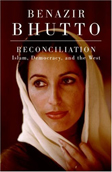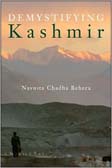An article by Elizabeth Laferriere and Teresita C. Schaffer on the political climate in Sri Lanka following the death of Velupillai Prabhakaran.
The decision of the Liberation Tigers of Tamil Eelam (LTTE) to lay down their arms and the May 19 death of their leader Velupillai Prabhakaran at the hands of the Sri Lankan army marked the end of 25 years of intermittent bloody conflict that had convulsed the island. President Mahinda Rajapaksa started his victory speech in Tamil promising the countryís beleaguered minorities peace and assuring them that only the LTTE were considered enemies. The deep suspicions resulting from decades of conflict and the triumphalist atmosphere in Colombo, however, raise doubts about the prospects for conciliation. The government is not talking about constitutional change, much less about the federalism desired by the Tamil community. Rajapaksa is likely to use this moment of triumph to institutionalize his heroic status through new elections. The window of opportunity for creating a new political consensus extending to the country’s non-Sinhalese communities could be fleeting.
Originally published in the Center for Strategic & International Studies‘ South Asia Monitor on July 1, 2009. Read the entire article.



